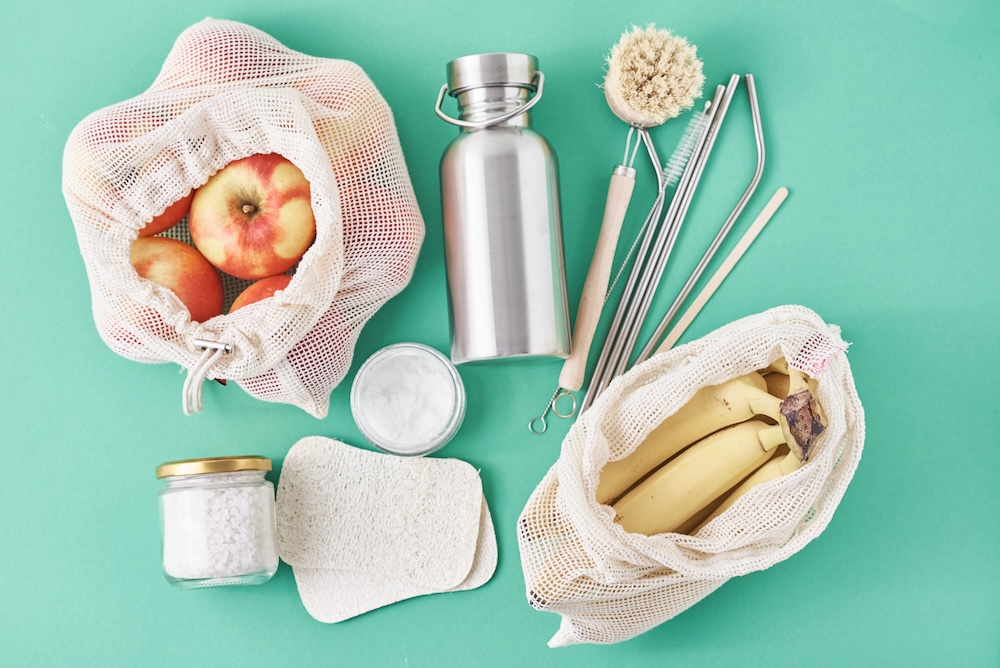For decades, we’ve been told that recycling is the solution — the green badge of responsibility, the easy fix for our wasteful world.
“Just recycle,” they said, and we believed it.
But the truth is harder to face: recycling alone will not save us.
The problem isn’t just where our waste ends up — it’s how much we create in the first place.
And while recycling feels like redemption, it’s often a way to avoid changing the habits that caused the problem.
The Recycling Myth
When the first recycling programs began in the 1970s, they carried a hopeful message — that materials could be infinitely reused and waste could become resource.
But today, global waste continues to rise.
The more we recycle, the more we consume.
This isn’t a coincidence — it’s design.
Recycling was never meant to justify endless production, but it’s been used that way by corporations eager to shift responsibility to consumers.
The OECD reports that global material consumption has tripled since 1970 and is expected to double again by 2060.
Yet only 9% of all plastic waste ever produced has been recycled.
The rest has been burned, buried, or dumped.
The Limits of Recycling
Even the best recycling systems face scientific and logistical limits:
- Plastic degrades every time it’s recycled — most can only be reused once or twice before becoming unusable waste.
- Textiles are even worse — less than 1% of clothing is recycled into new garments (Ellen MacArthur Foundation).
- Metals and glass are more recyclable, but global recovery rates are still below 50% for many materials due to contamination and poor sorting.
Every recycled item still required extraction, transport, and energy before it became waste. Recycling doesn’t erase those emissions — it only reduces them slightly.
Recycling helps, but it’s a symptom-level solution for a system that’s fundamentally overproducing.
The Hierarchy of Impact
Sustainability experts call it the “waste hierarchy” — a pyramid that ranks solutions by effectiveness:
- Reduce — Use less. Avoid unnecessary products.
- Reuse — Extend the life of what already exists.
- Recycle — Process materials only when the first two options are exhausted.
Recycling sits at the bottom — not because it’s bad, but because it’s reactive.
Reduction and reuse prevent harm before it begins.
Why Reduction Comes First
Every product we buy represents a chain of extraction, manufacturing, packaging, and shipping — each step with its own footprint.
Reducing consumption stops that chain before it starts.
- Cutting textile consumption by half could reduce industry emissions by 30% (McKinsey, 2022).
- Extending product lifespans by 9 months can reduce environmental impact by 20–30% (WRAP UK).
- If every household reduced single-use plastics by 20%, global plastic waste would drop by over 25 million tons per year.
Reduction is the only approach that shrinks demand for virgin resources — the root cause of planetary strain.
Why Reuse Is the Bridge
Reuse is not just a behavior — it’s a mindset.
It teaches us to see value where systems see waste.
- A reused glass bottle saves the energy of manufacturing seven new ones.
- Refillable packaging models can cut emissions by up to 70% compared to single-use alternatives.
- Repairing electronics instead of replacing them prevents the extraction of precious metals — which require toxic mining practices.
Reuse restores relationship — between people and products, between ownership and care.
The Convenience Trap
Part of the reason we overvalue recycling is because it feels easy.
It lets us feel virtuous without disrupting our habits.
But a sustainable world cannot be built on convenience — it has to be built on consciousness.
Every item we refuse, repair, refill, or repurpose rewrites the story of ownership.
Each act of resistance to disposability is an act of environmental healing.
Building a Culture of Enough
Reduction and reuse are not about deprivation — they’re about intention.
When we shift from more to meaningful, we trade clutter for clarity and waste for worth.
Practical ways to start:
- Buy once, buy well.
- Support repairable design.
- Choose products made to last, not break.
- Borrow, swap, or share tools and items used infrequently.
- Resist the urge to replace — repair instead.
The most sustainable product is the one that already exists.
Final Thoughts
Recycling is a valuable tool, but it’s not a solution to overconsumption — it’s a mirror reflecting it.
The world doesn’t need more bins; it needs fewer reasons to fill them.
When we reduce and reuse, we stop the damage before it begins.
When we recycle alone, we’re only treating the symptoms of a culture that consumes too much.
A conscious future starts not with what we throw away — but with what we never take in excess.









Reader Interactions